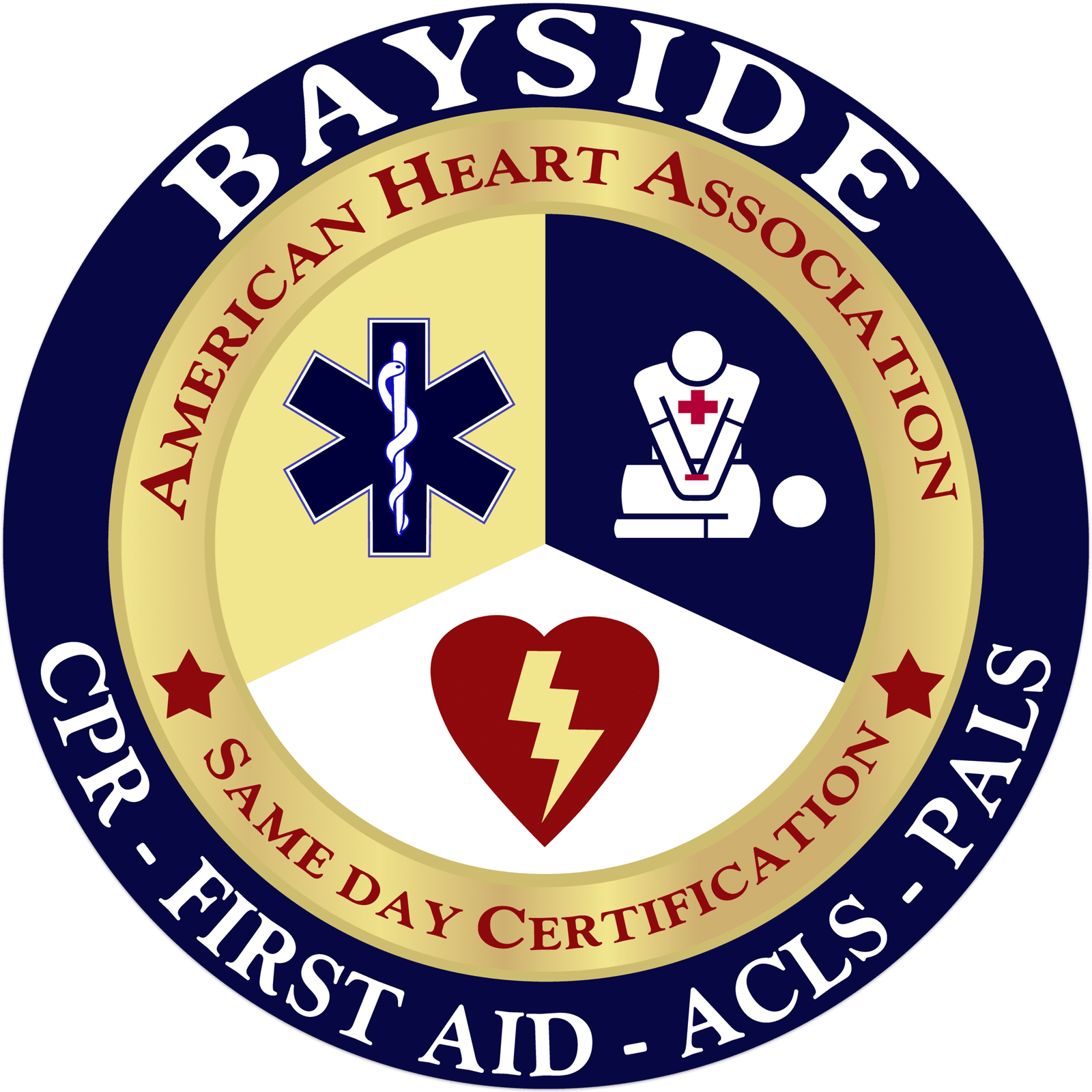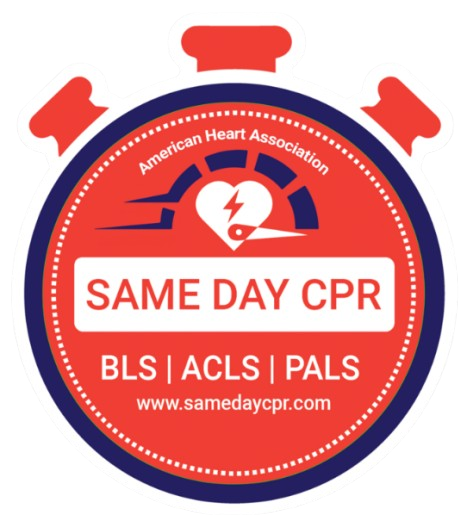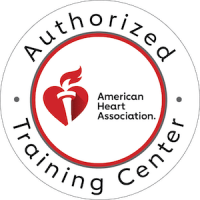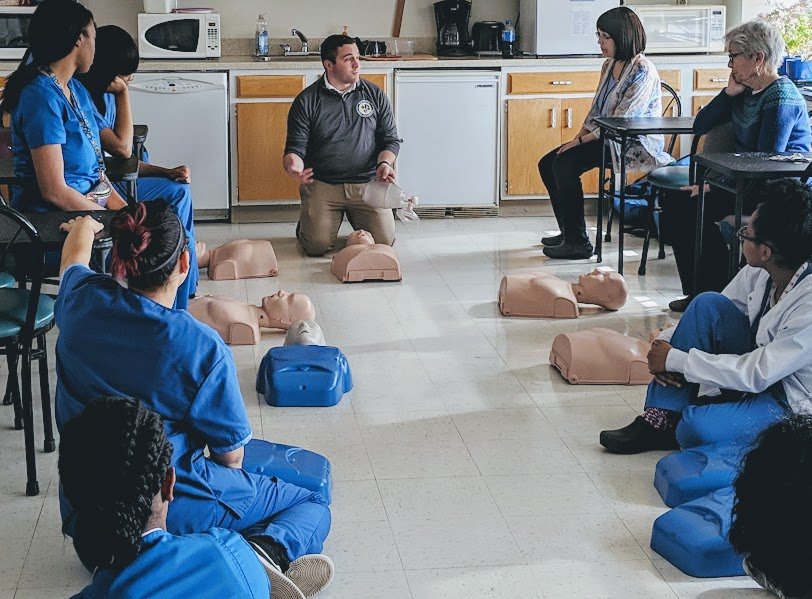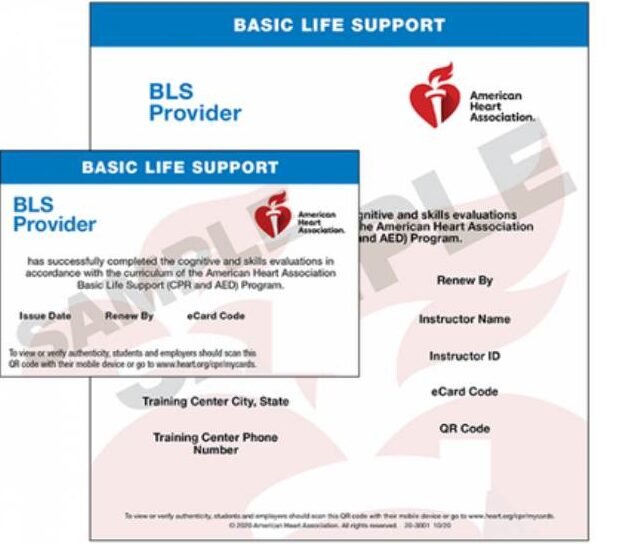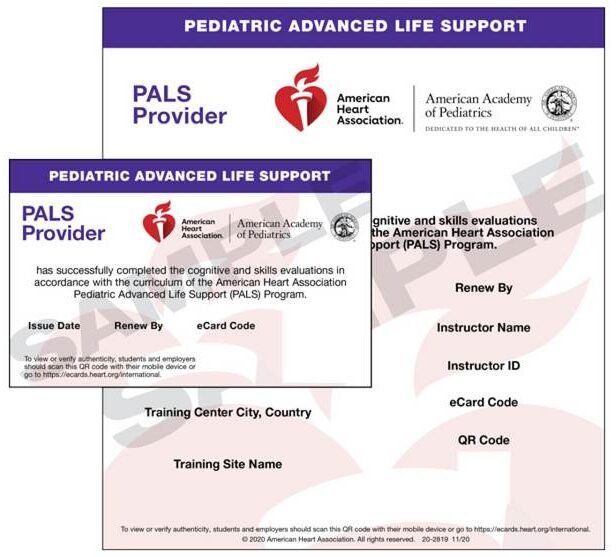Have you ever been alone and suddenly faced with a choking emergency? It’s a situation that can happen to anyone and can be incredibly frightening. Knowing what to do in such a moment can make all the difference, potentially saving your life. While we hope it never occurs, being prepared with the right knowledge gives you confidence and readiness.
In this blog, we’ll cover everything you need to know, from recognizing the early signs of choking to practical steps you can take for self-help. You’ll also learn how your surroundings can aid you and when to call emergency services. Additionally, we’ll share simple tips to help reduce your risk and techniques to practice ahead of time. And if the situation escalates, it’s important to understand what you should do before giving breaths to an unresponsive choking person so you’re fully prepared to act. Staying informed and prepared enables you to respond calmly and effectively in emergencies.
1. What is Choking?
Choking happens when something blocks your airway, making it hard or even impossible to breathe properly. Usually, this occurs when a piece of food, a small object, or even liquids get lodged in the throat or windpipe. It’s a sudden and often frightening experience because your body instinctively tries to clear the blockage, but until it’s removed, it can cause panic and discomfort.
People often choke when eating too quickly, talking while eating, or consuming tricky foods that are hard to swallow. If not addressed quickly, it can lead to serious health issues like suffocation. That’s why knowing how to respond, like performing the Heimlich maneuver or encouraging coughing, can really be lifesaving in such moments. But what happens if the person goes limp and stops responding? In that case, you’ll need to know how CPR differs in an unresponsive adult choking victim, because the steps change once the situation becomes more serious.
2. Recognizing the Signs of Choking
Signs of choking can vary depending on the severity and whether the airway is completely or partially blocked. Common signs include
2a. Inability to Speak or Cough
If you find yourself unable to speak or cough, it’s a clear sign that your airway might be blocked. Your body naturally reacts by trying to clear the obstruction, but if it’s not happening, it’s time to act quickly. Don’t ignore the signs; seek help immediately and consider performing a rescue maneuver if you’re trained to do so.
2b. Inability to Breathe or Difficulty Breathing
If you’re unable to breathe or struggling to catch your breath, it’s serious. You might be gasping or trying to breathe, but no sound is coming out; that’s your body signaling an emergency. This isn’t just feeling winded; it’s a clear sign you need immediate help. Don’t wait; call for emergency assistance right away.
2c. Clutching the Throat
When you clutch your throat with one or both hands, you’re using the universal sign for choking. It’s a natural response, your way of showing that you can’t breathe and need help right away. At that moment, you might not be able to speak, but this simple gesture tells others exactly what’s wrong. If you ever find yourself doing this or see someone else make the motion, it’s a signal to act fast.
2d. Bluish Lips or Skin (cyanosis)
When your lips or skin start turning blue, it’s a warning sign that your body isn’t getting enough oxygen, a condition called cyanosis. It can happen quickly during a choking emergency, and it means things are getting serious. You might feel lightheaded or dizzy or notice your fingertips changing color, too. If you ever see this in yourself or someone else, don’t ignore it; it’s time to get help immediately.
2e. Loss of Consciousness
If your airway stays blocked and oxygen doesn’t get to your brain, you can lose consciousness. It doesn’t take long; just a few minutes without air can cause you to pass out. This is the body’s way of shutting down when it’s not getting what it needs. That’s why acting fast in a choking emergency is so important; every second counts when oxygen is cut off.
3. Immediate Self-Help Actions
If you’re choking and no one’s around to help, don’t panic; you still have options. Acting quickly can make all the difference in getting air flowing again.
3a. The Importance of Remaining Calm
Staying calm might feel impossible when you’re choking, but it’s one of the most important things you can do. Panic tightens your throat and makes it harder to breathe or act. When you keep your focus, you can think clearly and take the right steps to help yourself. Even a few steady breaths, if you can manage them, can give you a better chance to stay in control.
3b. Techniques to Dislodge the Object
If you’re choking and alone, try to dislodge the object right away. Start with strong, forceful coughs to push air out and move the blockage. If that doesn’t work, bend over a firm surface like the back of a chair or a countertop, and thrust your upper belly against it with quick, upward motions. You can also use your hands to give yourself abdominal thrusts. Keep trying; every effort counts when you’re trying to get that airway clear.
3c. Back Blows
If you’re choking, giving yourself firm back blows can help clear your airway. Lean forward slightly and use the heel of your hand to deliver up to five sharp strikes between your shoulder blades. These blows create a force that can shake loose whatever is blocking your throat. It’s a simple but effective step to try before moving on to other techniques.
3d. Abdominal Thrusts
If you can’t clear your airway with coughing or back blows, try giving yourself abdominal thrusts. Make a fist with one hand, place it just above your belly button, and grab it with your other hand. Then, press inward and upward with quick, strong motions to force air from your lungs and push the object out. This move can be a lifesaver when no one else is around to help.
3e. When to stop and reassess
Keep working to clear the blockage, but know when to pause and check how you’re doing. If you start coughing strongly, can breathe, or talk again, take a moment to catch your breath and see if the airway is clear. If the choking continues or you feel weaker, keep trying or get help right away. Listening to your body helps you know the best next move.
4. Using Your Environment for Help
If you’re choking alone, your surroundings can become your best supporter. Look for sturdy furniture like a countertop, the back of a chair, or the edge of a table to help perform abdominal thrusts on yourself. Lean your upper belly against it and use quick, firm pressure to try and force the blockage out. You can also use a nearby object or a corner with a firm edge to apply strong, inward, and upward pushes. If you’re near a mirror or glass surface, use it to watch your actions and make sure you’re hitting the right spot. Using what’s around you gives you extra strength and control when you need it most.
5. When to Call Emergency Services
If choking doesn’t improve quickly or you begin to lose the ability to breathe, speak, or cough, it’s crucial to contact emergency services immediately. Even while struggling, try to stay calm and make the call with confidence; every moment matters. When connected, clearly explain that you’re choking and unable to get air, then give your exact location. If possible, stay on the line, follow their guidance, and continue trying to clear your airway until help arrives. Getting assistance promptly can save your life.
6. Preventive Measures for Choking
Taking simple steps can help you avoid choking before it happens. Being mindful and prepared keeps you safer in everyday situations.
- Be mindful of the types of foods you eat; avoid hard, sticky, or small foods like whole grapes or nuts that could block your airway, especially if they are not prepared safely.
- Don’t talk while you’re eating or drinking. Eat slowly, take small bites, and chew thoroughly to reduce the risk of choking.
- Create a calm and focused eating environment free from distractions to stay aware of your eating process.
- Pay close attention while eating so you can quickly notice and address any discomfort or difficulty breathing.
- Practice patience and cautious eating habits to help prevent choking and ensure safety for yourself and those around you.
7. Learning and Practicing Self-Help Techniques
Learning and practicing self-help techniques for emergencies like choking can save lives.
- Proper first aid training boosts confidence and helps you act quickly when needed.
- Resources include local CPR classes and online tutorials, making learning accessible.
- Practicing maneuvers safely is crucial to avoid injury; ideally, do so under professional supervision.
- Regular practice ensures you’re prepared to respond effectively in emergencies.
- Being knowledgeable and confident can make a significant difference in critical moments.
Essential Guide to Self-Help and Prevention When You’re Alone and Choking
Being prepared for a choking emergency when you’re alone can truly make all the difference. By understanding the signs and knowing self-help techniques, you empower yourself to act quickly and confidently, whether it’s performing abdominal thrusts or using your environment to help dislodge an obstruction. Staying calm is essential, as panic can worsen the situation, but with practice and awareness, you can stay in control and increase your chances of a quick recovery. Remember, taking preventive steps and learning proper self-help methods not only protects you but also gives you peace of mind to handle these stressful moments effectively. Ultimately, being informed turns fear into action, and that proactive mindset could save your life. For comprehensive training, Bayside CPR offers CPR & First Aid courses to equip you with essential skills.
